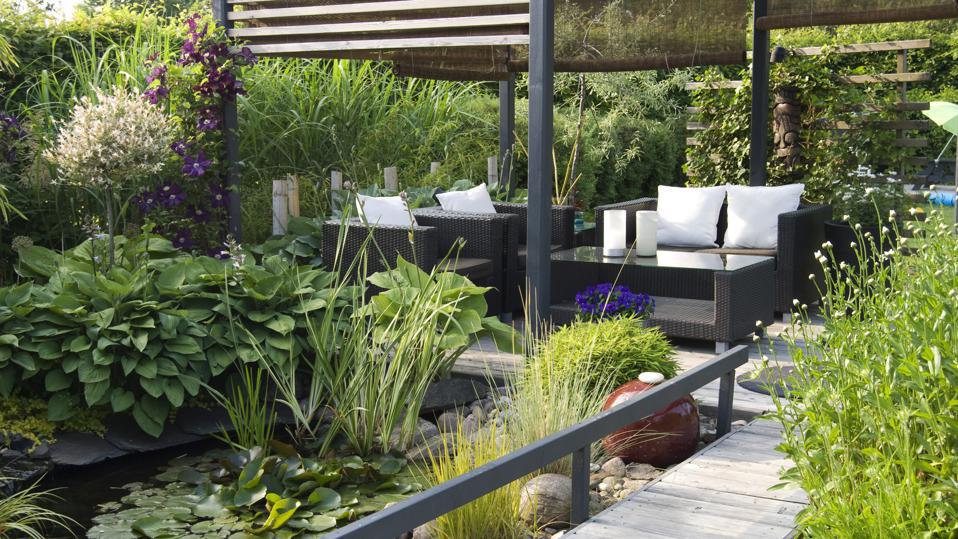With the end of winter finally in sight and the promise of the fresh blooms and new hopes of spring, there could be no more perfect time to start to look at how you improve the outdoor elements of your property, with a view to the space becoming not only more practical, but also more aesthetically pleasing.
A back yard is even more rewarding when it’s eco-friendly, and here are 4 must-haves for a sustainable outside space.

Garden Furniture
There is a large range of available garden furniture sets and individual pieces that are fully sustainable and entirely environmentally friendly.
Contrary to popular belief, just because a garden furniture item is made from wood, this does not automatically result in the piece being entirely eco-friendly and there are more than a few specific types of wood that you should avoid. Such wood includes teak (unless the teak is specifically sourced from Burma), sapele, ebony, mahogany and wenge.
Aside from eco-friendly forms of wood, another fantastic material to form the basis of your new garden furniture is that of bamboo, which is incredibly strong yet strangely light, durable and, most importantly, completely sustainable.
Areas to Encourage Wildlife
Building a wildlife-friendly backyard and garden will provide you with a myriad of benefits, not only for the lifecycle and growth of the garden itself, but the endless hours of joy and entertainment you will experience by watching bird and creatures enjoying the space.
There are many ways to encourage various wildlife to enjoy, visit and even reside in your own backyard, including the following:
- The creation of a pond
- Planting specific plants and trees that encourage certain species
- Leaving a small gap in your fence
- Growing flowers
- Installing a bird box, bird bath and bird feeder
- Growing climbing plants
- Letting the grass grow to a more natural height
- The creation of a compost heap
Fencing & Decking
When admirably deciding to redesign your garden and backyard in a wholly eco-friendly manner, one of the biggest considerations are that of your fencing and decking.
Searching for wood fence supply near me in either a physical store or browsing online will help you to easily identify the types of materials and construction techniques that are the safest for the environment as well as help you to identify the costs of different materials.
Plants, Trees & Shrubs
The final section of planning for a wholly sustainable and environmentally-friendly backyard relates to the gardening element itself and choosing plants, trees and shrubs.
There is a myriad of ways to ensure your gardening decisions all have the most positive effects on the natural environment, such as only using peat-free compost, choosing native plants, making some areas of the space into a dry garden to conserve water and planting flowers which are rich in nectar to attract various pollinators.
Other planting considerations include using natural pest controls, collecting and reusing rainwater, growing vegetables, making your own compost and the creation of natural flooding defences.
Final Thought
The good news is, it is entirely possible to build a practical yet beautiful backyard using only environmentally friendly and wholly sustainable materials; these top must-haves show you how.